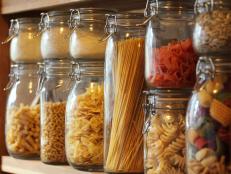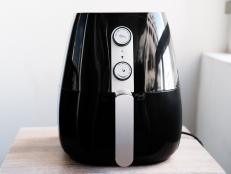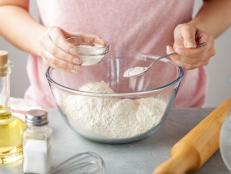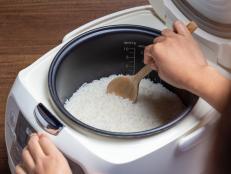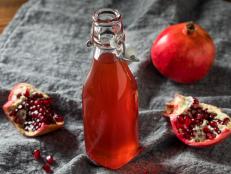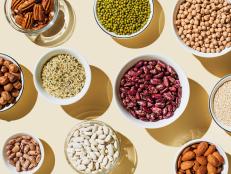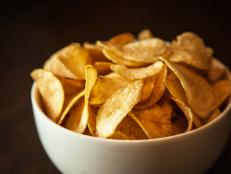7 Tips to Organize Your Spice Rack
Before you begin to organize your spices, go through what you have and discard any that are old and have no scent. Combine duplicates into one jar if possible.
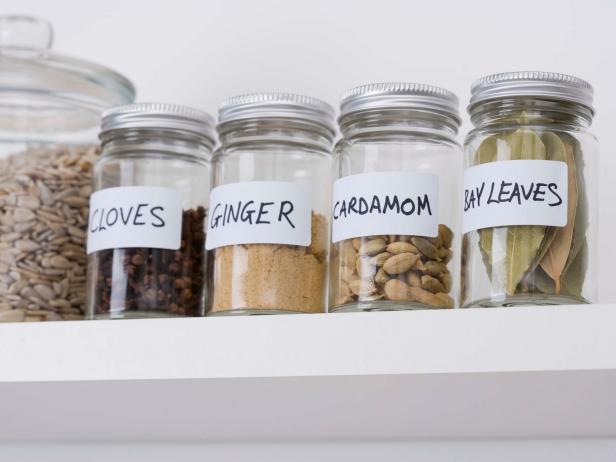
Jupiterimages
1: Decide where you are going to store your spices. Spices are best kept in a cool dark area to prolong their life — avoid direct sunlight or heat. The most-common spaces to store spices are in a cabinet or cupboard, in a pantry, in a drawer, hanging on a door or wall, or on the counter. If you keep spices on the counter, try to limit them to the spices you use most often. The location you choose to store your spices will depend mainly on how much space you need and where that space is available.
2: Arrange spices alphabetically or group according to use. Don’t be afraid to group spices together and place them in different areas of the kitchen. The most commonly used spices, such as salt, pepper and even red pepper flakes, can be kept close at hand when cooking. Baking spices (cinnamon, cloves, cream of tartar, ginger, nutmeg, pumpkin spice mix and extracts) can also be kept together. Other spice groupings might include dried herbs, spice mixes and spices specific to ethnic cuisines.
3: Take advantage of the many different types of spice organizers available. They come in all shapes and sizes, and many expand to fit the size of your space.
4: If you keep your spices in a cabinet, make use of door-mounted spice racks or magnetic strips (with magnetic containers), turntables and double turntables, and tiered shelves that maximize vertical space. Some shelves even pull out or down (for the height-impaired). If you use a drawer, find a drawer organizer that stores the jars tilted and in tiers, or use a divider that will keep jars upright and corralled. If you’re short on enclosed storage space, hang racks or magnetic strips on the walls or underneath high cabinets. You can even stash spices in a shoebox or plastic bin.
5: Clear spice jars that are the same shape and size will be more pleasing to the eye. They can be purchased empty, or consider buying spices from the same company so that the jars match. Try using recycled small glass containers like baby food jars.
6: Label your spices so you can easily identify them. Place the label or sticker on the top of the lid if they’re only visible from the top. Place the label in a visible spot on the side of the jars when they’re staggered on tiered shelves or lying on tilted racks in a drawer.
7: It may seem cost-efficient to buy the larger bottles of spices. However, if the spice or herb is not something you’re going to use often, buy a smaller container or share with friends so you’re not throwing out your “savings” when buying in bulk.
For More Tips on Organizing:
























